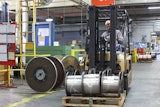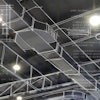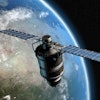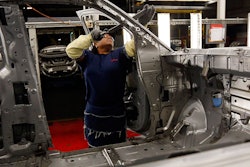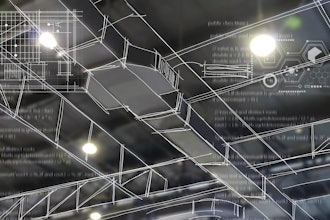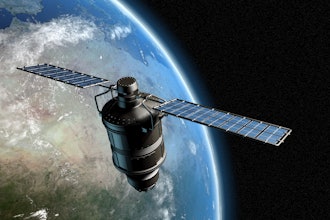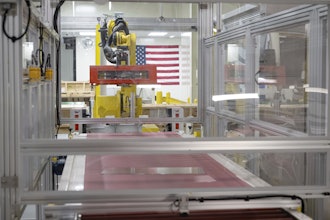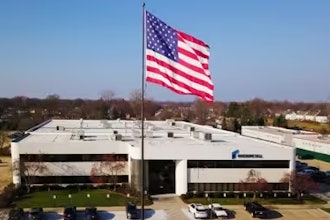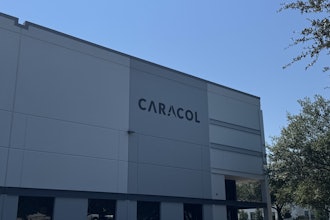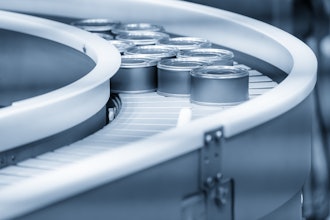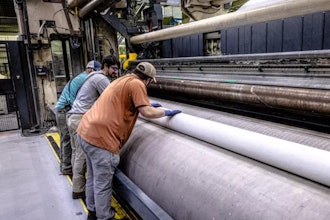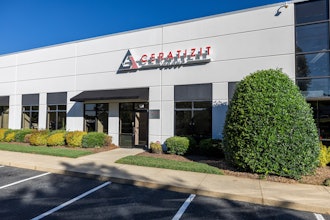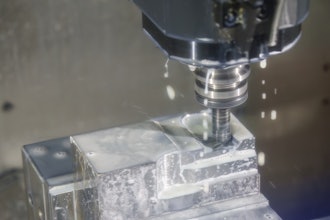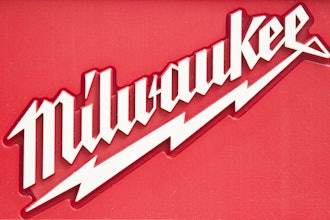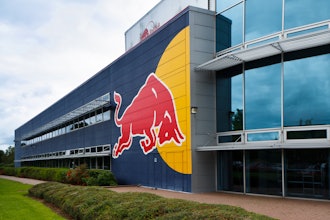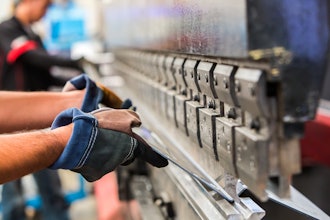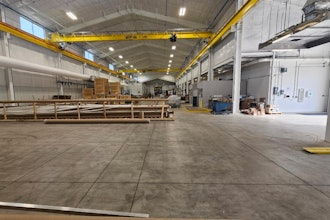Water is intrinsic for doing business in the food and beverage industry, and in the last decade, increased water need for urban, agriculture and industrial use have come into conflict with surface and groundwater availability. Long periods of drought, drying water basins and aquifer overdraft have impacted water supply, groundwater contamination and increased groundwater pumping costs. The cost of well replacement has forced governments and local water agencies to implement and enforce sustainable water conservation legislation. The challenge of reducing water consumption has moved from the desk of the production manager to the agenda of the board, as its scarce availability and increased restrictions could curtail delivery of services and products.
The following techniques outline ways to reduce consumption through wastewater recovery:
Water Intake
Usually, access to tap water enables direct use for food processing with minimal treatment. For the production of beverages, groundwater is still one of the main water sources. In the preparation of the beverage production, the groundwater is first aerated and then filtered through a granular media filter (sand filter or multimedia-filter) in order to remove impurities. After saturation, the sand filters have to be backwashed. Instead of discharging the saturated backwash-water to the sanitary sewer system after treatment, it can be recycled using settling or membrane treatment technology.
Monitoring Water Consumption
Installing meters on equipment will help monitoring water consumption throughout the production process. Installing flowmeters on inlet and outlet pipes enables to verify the volume of liquid sent and received. Analyzing the data will identify any unusual losses and leaks. Improvements such as repairing leaks, installing self-priming pumps or rotating instead of static spray balls for tank cleaning can lead to significant water savings.
Optimizing the Cleaning In Place (CIP)
On average, a food and beverage plant will spend 20 percent of each day on cleaning equipment. A typical Clean-In-Place (CIP) process requires large amounts of water, chemicals and energy. But many manufacturers are unsure of how their CIP systems are performing. Optimizing the CIP process, water pinch analysis, introducing recovery tanks, installing decentralized and multi-use CIP systems as well as automation optimization will reduce the water and chemicals used to a minimum.
Recovery of Bio-Effluent
Food processing is different from most other industrial activities because their waste products are generally biodegradable and non-toxic. The industry is also often seasonal with significant production peaks. Agricultural product waste streams involving animal slaughter sources also contain blood, feces and other fluids. Often antibiotics, hormones, pesticides and viruses also have to be removed.
Effluent from the food and beverage industry is usually characterized by a significant biochemical oxygen demand and total suspended solids which could overwhelm biological treatment processes of municipal sewage treatment infrastructures during peak loads. Discharge regulations and bio-effluent characteristics will determine the treatment process. Anaerobic treatment will allow the production of biogas, turning wastewater into an energy source. Additional aerobic treatment will further eliminate up to 99 percent of the organic pollution, allowing for further treatment and upgrade of the bio-effluent to process water.
Water Recovery
There are two different technology combinations for the production of drinking or process water from bio-effluent: A Membrane Bio Reactor (MBR)/Reverse Osmosis (RO) combination or a combined Ultrafiltration (UF)/RO technology train. For safe effluent reuse in the food industry, the RO unit is an absolute necessity to remove salts and potential viruses from the feed water. The RO unit also forms an absolute barrier against dissolved organics. In order to allow the Reverse Osmosis to operate in a stable way, all suspended solids and colloidal material (and bacteria) need to be removed first. Integrating an UF or MBR upstream of the RO is therefore a necessity.
Both MBR and UF are making use of specific membranes for the separation process. The MBR technology combines the aerobic biological treatment with membrane filtration, typically UF pore size. The membranes are in direct contact with the activated sludge and act, either submerged in the mixed liquor or installed on skids outside the aeration tank, as a physical barrier for all bacteria, suspended solids and harmful pathogens. The MBR filtrate is ready for immediate reuse for irrigation. However, additional treatment by reverse osmosis is necessary to allow further food processing.
Ultrafiltration is a pressure driven filtration technology in which small molecules like water, mono-saccharides, simple alcohol and ions are pressed through UF membranes while larger molecules, colloidal particulate matter, bacteria, emulsified oils and fats are retained. Ultrafiltration technology is applied on the effluent of conventional activated sludge systems typically using secondary clarifiers for sludge separation.
Ensuring Pure, Safe Water
Both MBR/RO and UF/RO combinations produce a high quality pure water ready for reuse. Choosing one specific process depends mainly on the existing infrastructure and available footprint or plot-size.
What to do with the RO concentrate, containing the concentrated salts and contaminants? Sending the concentrate to an evaporator is an expensive option, a better alternative is blending with bio-effluent (dilution effect), sewer discharge (if possible) or even recycling the concentrate into the biological treatment.
Water Reuse: Reduced Intake, Reduced Discharge Costs
To understand the impact of water reuse on the water bill, imagine the water balance of a brewery sourcing one million gpd of tap water for the production of 1/3 of beer and 2/3 of wastewater, assuming the process needs three barrels of water for the production of one barrel of beer. Water costs would be based on one million gpd of city water plus 666,667 gpd of wastewater discharge.
With a 70 percent wastewater recover through a UF/RO combination, up to 466,666 gpd of drinking water quality could be recovered for the brewery processes, reducing the necessary water intake to 533,333 gpd instead of the original 1,000,000 gpd, or 53 percent. On the other hand, recovering the treated wastewater will limit the discharged wastewater to 199,999 gpd instead of the 666,666 gpd or a cut with 70 percent.
Taking into account CAPEX and OPEX, water reuse technology investments can be recovered within just a few years depending on water and water discharge costs. Though technically feasible and economically rewarding, a psychological barrier to water reuse has to be dealt with first: consumers have to accept recycled wastewater as a source in the food and beverage production process.
While water scarcity is indeed a real threat to doing business in the food and beverage industry, several water conservation measures can be implemented in order to limit the production process water footprint and operate more efficiently. Wastewater recovery processes impact both water intake as well as water discharge quantities, and developing a holistic approach for setting KPI’s at the water intake, in the production process and at the wastewater discharge will benefit both peace of mind and profit margins.
About the Author
Ryan Johnston is the Sales & Business Development Manager of Waterleau USA, part of Waterleau Group, a global provider of environmental solutions in the fields of water, air, and waste treatment. Ryan works to expand the reach of Waterleau’s services across the United States market, focusing primarily on industrial Food & Beverage wastewater treatment. She has over 12 years of experience in biological wastewater treatment. Over the course of her career, Ryan has secured multiple installations of Anaerobic, Aerobic and DAF treatment systems in the United States market.
About Waterleau Group
Waterleau Group is a provider of Design & Build water and wastewater treatment solutions for the industry with a track record including more than 5,000 references. For more information please visit Waterleau.com
